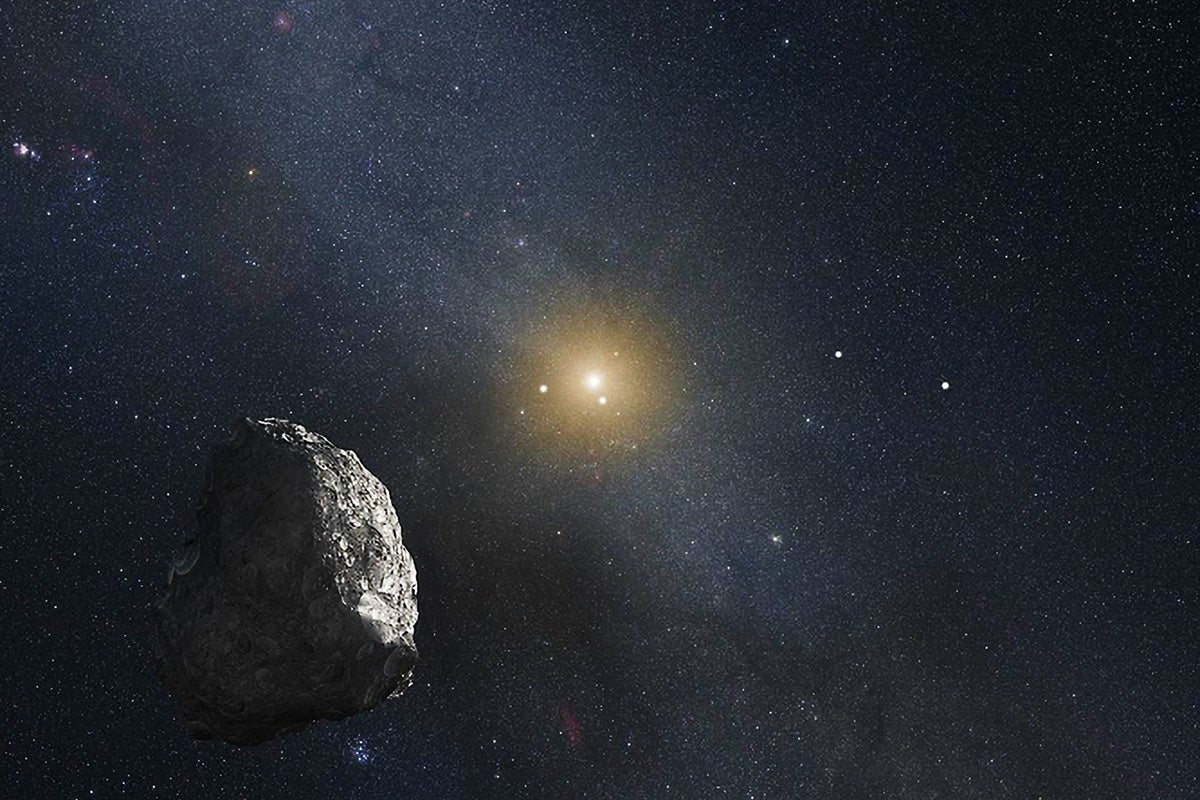Unlocking Mysteries of Carbon Ices in the Solar System
In a groundbreaking discovery, scientists have detected carbon dioxide and carbon monoxide ices on trans-Neptunian objects (TNOs) in the outer regions of our solar system. The research team, led by planetary scientists from the University of Central Florida’s Florida Space Institute, used the James Webb Space Telescope to analyze the chemical composition of 59 TNOs and Centaurs. This discovery sheds light on the origins and evolution of our solar system.
The presence of carbon dioxide and carbon monoxide on TNOs suggests a complex history of these celestial objects. The carbon dioxide ice was found to be abundant on the surfaces of TNOs, while the origin of carbon monoxide ice remains uncertain. Further research is needed to understand the formation and distribution of these ices on TNOs.
Implications for Solar System Formation
The discovery of carbon dioxide and carbon monoxide on TNOs provides valuable insights into the formation and evolution of our solar system. These ices contain important information about the original composition of the protoplanetary disk from which the solar system emerged. Understanding the presence of these volatile ices on TNOs can help scientists unravel the mysteries of planetary formation and migration.
Future Research and Collaborative Efforts
The research team involved in this study, along with international collaborators, is continuing to analyze the data and implications of the discovery of carbon dioxide and carbon monoxide on TNOs. The findings from this study will pave the way for future research in planetary science and astronomy, as scientists seek to uncover the secrets of our solar system’s distant past.
In conclusion, the detection of carbon dioxide and carbon monoxide ices on TNOs represents a significant advancement in our understanding of the outer regions of the solar system. This discovery opens up new avenues for research and exploration, offering a glimpse into the ancient history of our celestial neighborhood.




